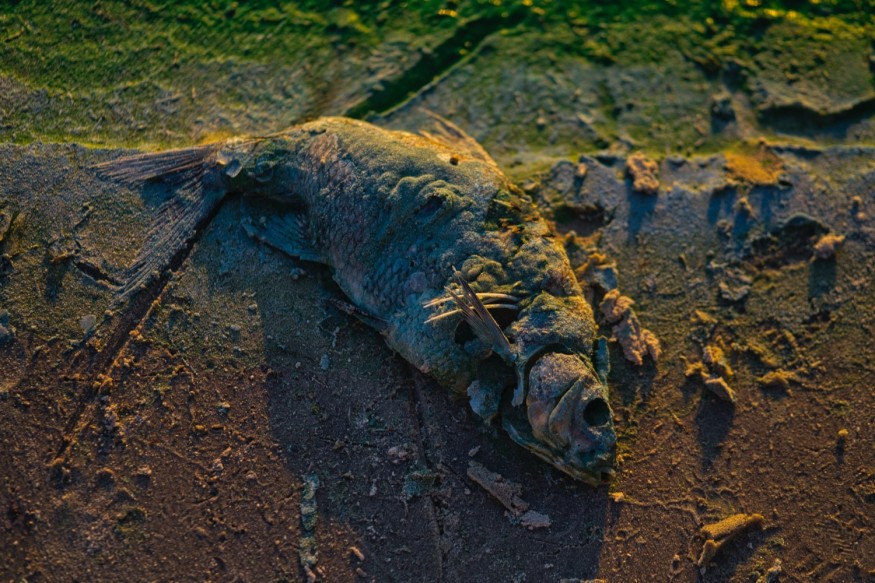Authorities in Spain are extending the ban of hazardous fertilizers in a saltwater lagoon on the country's Mediterranean coast. Tons of dead fish have washed up on the shores of Madrid for the last ten days.
Government of Murcia's Strategy
Inorganic nitrogen fertilizers would be forbidden on farms within 1,500 meters (1,640 yards) of the Mar Menor lagoon, according to the regional administration of Murcia, located 400 kilometers (240 miles) southeast of Madrid.
Algae blooms, which deplete oxygen in surface water and kill fish, can be caused by some of these fertilizers.

Murcia is one of Spain's most important fruit and vegetable growers, with much of its production going to northern Europe.
According to the government of Murcia, about 5 metric tons (5.5 tons) of fertilizer runoff from nearby farms is washed into the lagoon every day.
Teresa Ribera, Spain's Environment Minister, paid a visit to the lagoon on Wednesday and praised the regional government's strategy, which includes increased and expedited financial penalties for violators. She claims that out of the more than 400 penalties presently in place by authorities, 200 are pending in court and anotsher 200 are still unresolved.
Read also: Fighting Climate Change: Planting a Tree Every Year for the Next 20 Years Could Change the World
Harmful Fertilizers
Since the 1930s, chemical fertilizers, which have proven to be harmful, have assisted farmers in improving agricultural yield. Chemical fertilizers boost plant nutrients under severe weather conditions, but they also have several negative side effects. Waterway pollution, chemical burn to crops, increased air pollution, soil acidification, and mineral depletion are just a few of the problems that chemical fertilizers may create.
Chemical fertilizers used on crops can have negative consequences for rivers, due to chemical runoff from excess fertilizer. The quantity of oxygen in the water is reduced due to an excess of nutrients. The oxygen that is left is used up by the existing organisms in the water. As a result of oxygen deprivation, the fish perish.
Chemical fertilizers are rich in nitrogen and other nutrients. Excessive chemical fertilizer application to plants can cause the leaves to become yellow or brown, also causing the plant to suffer, resulting to lower crop output. Chemical leaf scorch is the name for this ailment. Leaf scorch can cause the plant's leaves to wither and eventually die.
Because of a reduction in organic matter in the soil, overuse of chemical fertilizers can contribute to soil acidity. Nitrogen sprayed in high quantities to fields over time destroys the topsoil, resulting in lower agricultural yields. Soil acidity is significantly more common in sandy soils than in clay soils. Excess chemical fertilization has the capacity to be buffered by clay soils.
Excess nitrogen used in crop fertilization can contribute to greenhouse gas emissions such as carbon dioxide and nitrous oxide into the environment. The application of a higher amount of chemical fertilizer than the plants can readily absorb causes this result. According to the Climate Monitoring and Diagnostics Lab of the National Oceanic and Atmospheric Administration (NOAA), extra greenhouse gases trapped in the atmosphere may be contributing to rising land and ocean surface temperatures.
© 2025 NatureWorldNews.com All rights reserved. Do not reproduce without permission.





